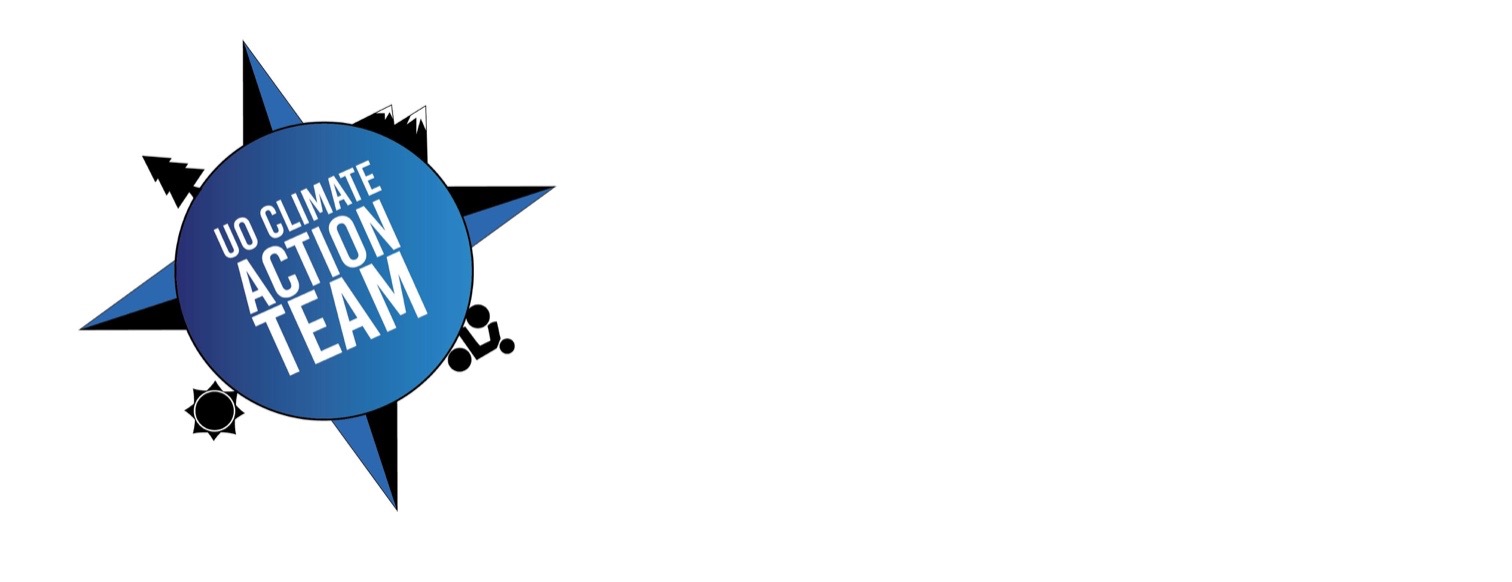Links to our Instagram, Twitter, and Facebook can be found in the upper right-hand corner of this page.
Social Media Outreach
Original content is incredibly important when building a following. Through trial and error, we found three consistent ways to create content for the social media outreach component of this project. (1) We used popular hashtags to leverage an existing campaign. (2) We profiled members of our team on the different accounts. (3) We highlighted what we learned during our field trips. We tracked community interactions with our posts and made adjustments to content and timing to more effectively reach a larger audience.
Social Media Management:
Running several social media accounts requires strategic planning. At the beginning of each week, we outlined a posting schedule in a weekly agenda. For a cohesive aesthetic, one team member was responsible for editing and captioning the photos. To simplify the process of planning across multiple platforms, and considering budget assumption of $500-$1000, we used Hootsuite because of the City of Eugene’s prior use of the software. We allotted 15 hours a week between the team of eight people, with one person taking the lead each week.
Daily posts on Instagram centered on providing low-cost and accessible ways for our followers to reduce their environmental impact. We posted once a day between 12:00 PM and 5:00 PM because according to Sprout Social those are the most effective posting times (York, 2018). Additionally, we utilized daily Instagram stories to quickly remind our followers of daily climate-friendly actions they can take. An example of this was our weekly #waterbottlewednesday, reminding people to bring their own reusable water bottle to campus. Other topics included inside looks at our field trips, as well as resources and events on campus. We implemented hashtags such as #ducksgogreen and #climateaction, to acquire consistent traffic. We profiled our team members on our commitment to climate action, following methodology from the Soulfull Food Project at the Sustainable Food and Beverage Conference hosted by Net Impact UO, who highlighted volunteers’ personal commitment to their mission (Heim and Shea, 2018).
To first gain followers, we shared the social media pages on our personal accounts. After that first wave of followers, we began to go through other social media accounts related to sustainability at UO or other student groups. By doing so, we could directly target our desired audience, UO students wanting to live more sustainably. This method also exposed us to accounts we may not have found through our own social networks and after each mass following, we saw an increase in followers gained.
Twitter requires a higher frequency of posting in order to be effective because the relevance window of a tweet is so short (Pollard, 2017). We posted three tweets per day focused on helpful tips for the community. By cross posting images from Instagram, exposure was increased and added a form of media to the tweets. Twitter is less formal than other forms of media and allowed for humorous posts such as memes and GIFs that were paired with light-hearted statements about environmentally friendly actions.
Due to the City’s already established Facebook program, lack of interest in Facebook by our priority demographic (people aged 16-24), and controversies surrounding Facebook privacy policies, our regular posts primarily focused on events around the community that anyone could attend. Events focused on sustainable actions like biking, growing food at home, or buying local produce to reduce carbon footprint.
